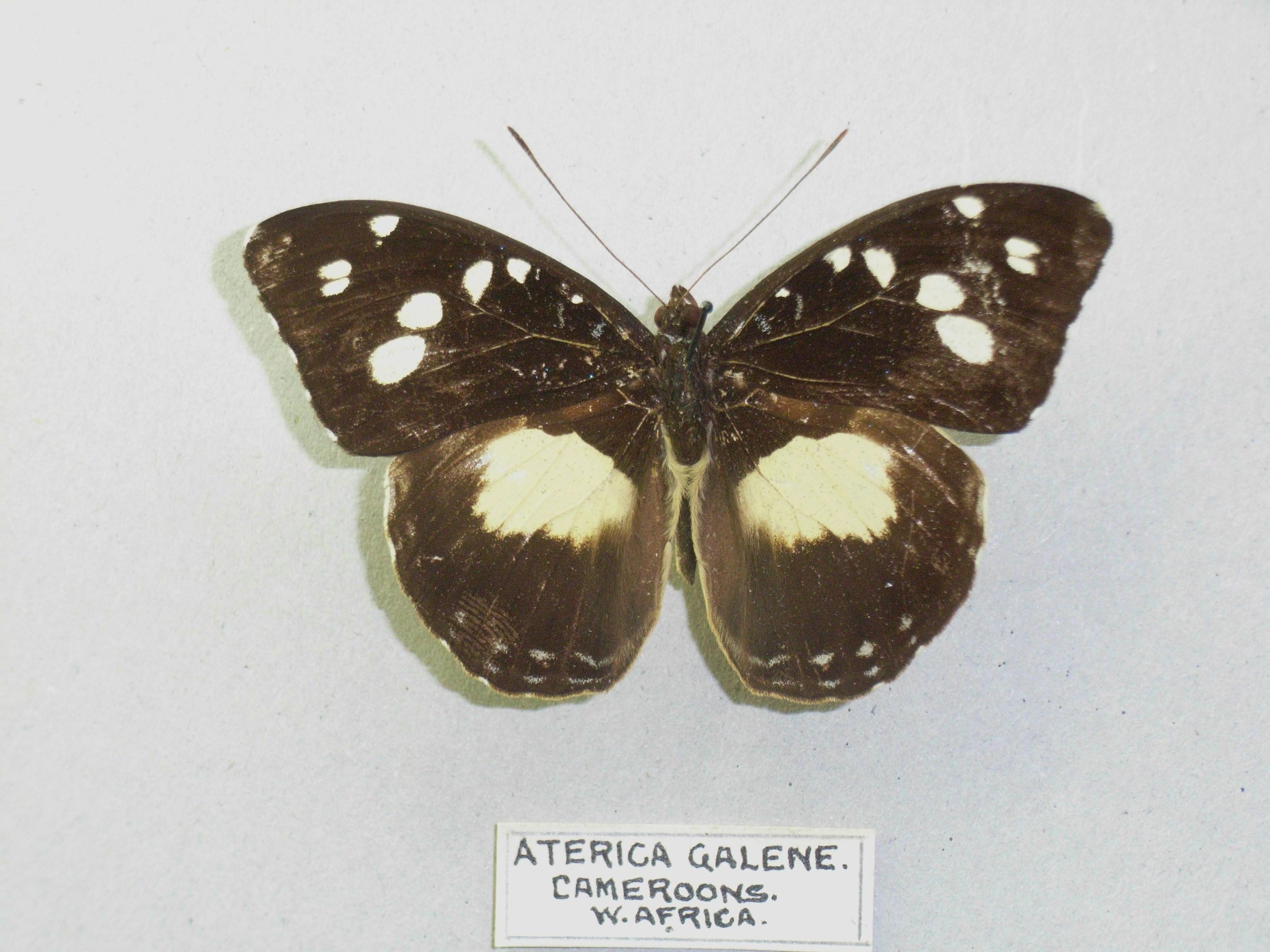|
Lasippa
''Lassipa'' is a genus of Asian butterflies distributed from India to Sulawesi. They resemble ''Neptis'' but are smaller and marked yellow not white. at Markku Savela's ''Lepidoptera and Some Other Life Forms'' Species *'''' (Staudinger, 1889) *'''' (C. & R. Felder, 1863) *'''' ...[...More Info...] [...Related Items...] OR: [Wikipedia] [Google] [Baidu] |
Lasippa Ebusa
''Lassipa'' is a genus of Asian butterflies distributed from India to Sulawesi. They resemble '' Neptis'' but are smaller and marked yellow not white. at Markku Savela's ''Lepidoptera and Some Other Life Forms'' Species *''Lasippa bella
''Lassipa'' is a genus of Asian butterflies distributed from India to Sulawesi. They resemble ''Neptis'' but are smaller and marked yellow not white.
[...More Info...] [...Related Items...] OR: [Wikipedia] [Google] [Baidu] |
Lasippa Viraja
''Lasippa viraja'', the yellowjack sailer, is a species of nymphalid butterfly found in South Asia."''Lasippa'' Moore, 1898" at Markku Savela's ''Lepidoptera and Some Other Life Forms''. Retrieved May 30, 2017. Subspecies The subspecies of ''Lasippa viraja'' are: * ''Lasippa viraja viraja'' Moore, 1872 – northeast India, Nepal, Myanmar * ''Lasippa viraja kanara'' Evans, 1924 – south India * ''Lasippa viraja nar de'' Nicéville, 1891 – AndamansDescription Males and females upperside black; markings orange yellow. Forewing: discoidal streak very broad and long, descending a little below vein 4; a short broad band sloping obliquely outwa ...[...More Info...] [...Related Items...] OR: [Wikipedia] [Google] [Baidu] |
Lasippa Tiga
''Lasippa tiga'', the Malayan lascar, is an Indomalayan butterfly of the family Nymphalidae. It was first described by Frederic Moore Frederic Moore FZS (13 May 1830 – 10 May 1907) was a British entomologist and illustrator. He produced six volumes of ''Lepidoptera Indica'' and a catalogue of the birds in the collection of the East India Company. It has been said that Mo ... in 1858. The larva feeds on '' Cratoxylon'' species (shrubs or small to medium-sized trees). d'Abrera, Bernard (1983). ''Butterflies of the Oriental Region''. Part II: Nymphalidae, Satyridae, Amathusidae. 290 pp. Hill House, Melbourne. Subspecies *''Lasippa tiga tiga'' Java *''Lasippa tiga camboja'' (Moore, 1879) Assam to Thailand, Langkawi *''Lasippa tiga siaka'' (Moore, 1881) Peninsular Malaya, Sumatra *''Lasippa tiga niasana'' (Fruhstorfer, 1900) Nias *''Lasippa tiga siberuta'' (Corbet, 1942) Mentawai References {{Taxonbar, from=Q13385342 Limenitidinae Butterflies described in 1858 Taxa ... [...More Info...] [...Related Items...] OR: [Wikipedia] [Google] [Baidu] |
Lasippa Heliodore
''Lassipa heliodore'', the Burmese lascar, is an Indomalayan butterfly of the family Nymphalidae first described by Johan Christian Fabricius Johann Christian Fabricius (7 January 1745 – 3 March 1808) was a Danish zoologist, specialising in "Insecta", which at that time included all arthropods: insects, arachnids, crustaceans and others. He was a student of Carl Linnaeus, and is co ... in 1787. Subspecies *''Lasippa heliodore heliodore'' Assam, Burma, Peninsular Thailand *''Lasippa heliodore dorelia'' (Butler, 1879) Peninsular Malaya, Sumatra, Borneo, Pulo Laut *''Lasippa heliodore roepkei'' (Eliot, 1959) Java References Limenitidinae Butterflies described in 1787 Taxa named by Johan Christian Fabricius Butterflies of Malaysia Butterflies of Borneo Butterflies of Java {{Limenitidinae-stub ... [...More Info...] [...Related Items...] OR: [Wikipedia] [Google] [Baidu] |
Limenitidinae
The Limenitidinae are a subfamily of butterflies that includes the admirals and relatives. The common names of many species and genera reference military ranks or – namely the Adoliadini – titles of nobility (e.g., count, duke, earl, and marquis), in reference to these butterflies' large size, bold patterns, and dashing flight. In particular, the light stripe running lengthwise across the wings of many Limenitidini has reminded earlier authors of Officer (armed forces), officers' (e.g. admiral, commander, Commodore (rank), commodore) shoulder marks and epaulets. In flight, many of these butterflies have the habit of flapping their wings, so the (usually) bright upperside and the crypsis, cryptic underside alternate for the observer, then gliding for prolonged distances, with the motionless wings held outstretched. The common names of some Limenitidinae – "aeroplanes", "clippers", or "Flying and gliding animals, gliders" – refer to this flight pattern. Systematics Th ... [...More Info...] [...Related Items...] OR: [Wikipedia] [Google] [Baidu] |
